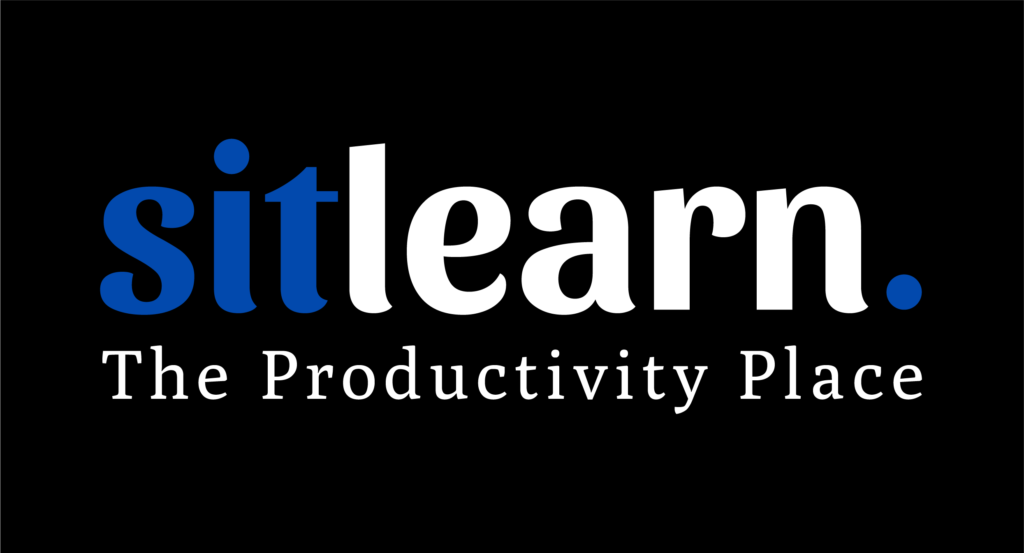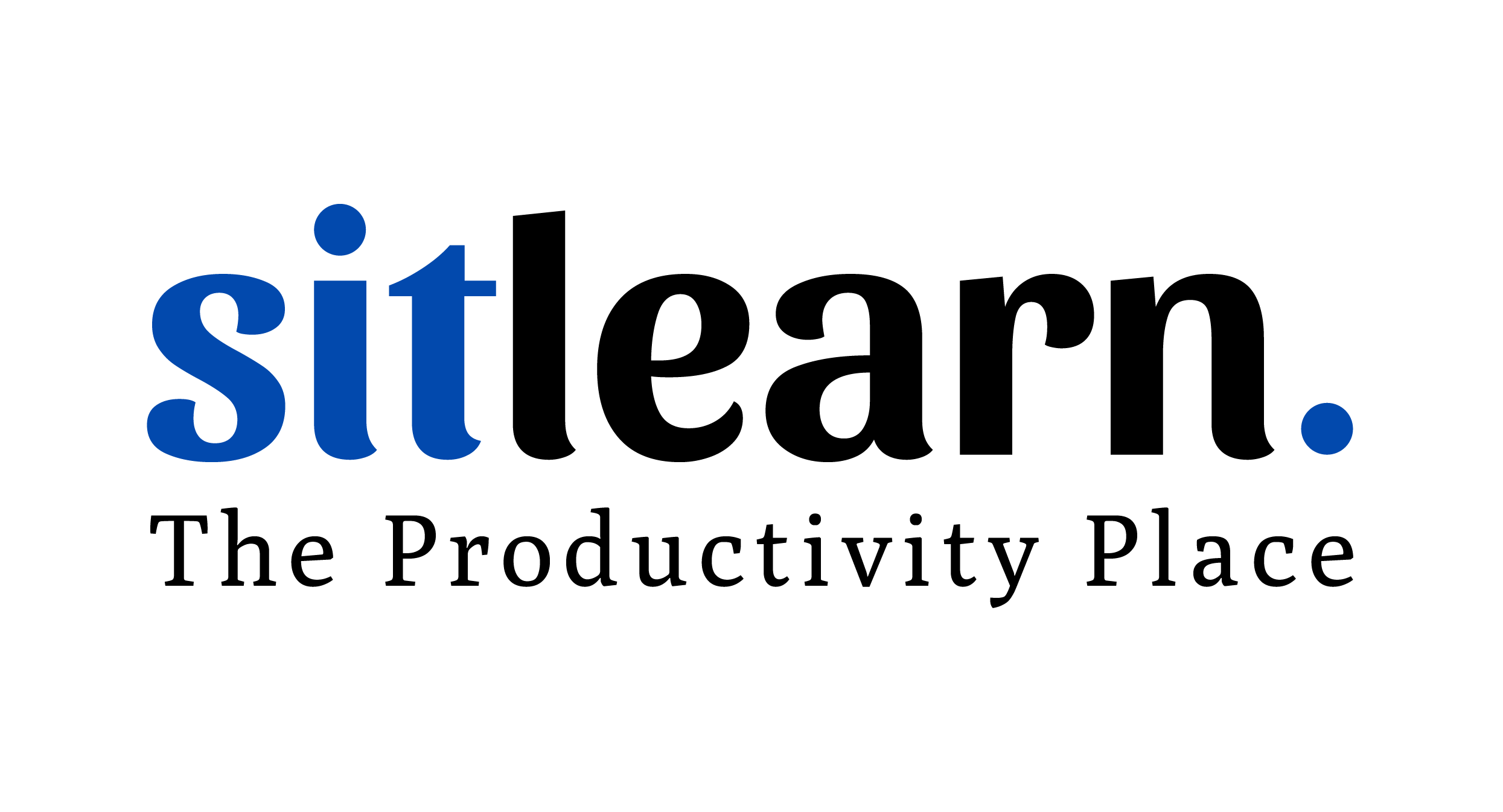
All About Reading Room: A Beginner’s Guide
Discover all about the reading room! Learn their purpose, key amenities, and how to choose the perfect one for your needs. Here’s your ultimate guide!
What is a Reading Room?
Reading rooms are far from a new invention. For several decades, they have been a cornerstone of community-learning under various vintage names. In Kerala, these reading rooms were locally known as “Vāyanashālās”. Vāyana denoted the act of reading in Malayalam. They once dotted our small towns as common as our corner tea shops or the coconut palms. However, time’s winged chariot and fast-paced modernity have unfortunately reduced these ubiquitous establishments into deserted relics of the past.
“What are reading rooms?”, is a common question we receive in our field of service. So Listen up! Because we have set out to answer just this through this blog post. The founding principle of a reading room is rather simple. A structured, distraction-free setting can signal the brain to focus and engage in productive activities, fostering consistent study habits and deep concentration. Within these dedicated spaces, individuals can escape distractions and immerse themselves fully in their intellectual pursuits. A serious learner can lock out the world of distractions at the gate and step into the sacred sanctum of wisdom, much like an ancient sage entering their place of meditation to seek enlightenment.
Reading Room: Old Spaces, New Purposes
Reading rooms have come a long way from their traditional roots, evolving to meet the demands of today’s fast-paced, technology-driven lifestyle. Modern reading rooms are envisaged as “information commons” designed to address the unique challenges and expectations of a wide variety of contemporary learners—students preparing for exams, professionals pursuing growth, or anyone seeking a calm environment to reflect and grow. Unlike noisy coffee shops or homes, reading rooms are tailored to promote focus and productivity.
The true essence of a reading room lies in its ability to create a structured atmosphere where focus thrives, and ideas flow effortlessly. The significance of It’s more than just a physical space—it’s a thoughtfully designed experience that helps you shut out distractions, boost productivity, and dive deeper into your learning journey. In a reading room, you’re not just studying or working—you’re fully immersed, with nothing standing between you and your goals.
Who Uses a Reading Room?
Reading rooms attract individuals from diverse backgrounds– students, graduates seeking admission to higher studies, competitive exam aspirants, bookworms, writers, researchers, scholars, freelancers, creatives– all united by their need for a distraction-free space to focus.
Here are eight common traits of Reading Room users:
- The Committed Self-Learner: At their core, reading room users are dedicated learners who take charge of their own growth, whether it’s studying for exams, mastering a skill, or simply expanding their knowledge.
- The Seeker of Focus: They often struggle to find a quiet and productive environment at home or elsewhere. Naturally, they expect a comfortable and silent study space.
- The Silent Hustler: Reading room patrons prefer solitude and silence. They thrive in spaces where they can sit comfortably and immerse themselves in hours of systematic, undisturbed study or work.
- The Flow State Enthusiast: These individuals value achieving a flow state—a mental zone of deep focus and peak productivity. Reading rooms provide the ideal conditions for them to engage fully with their thoughts and goals.
- The Thought Organizer: They rely on uninterrupted periods of reflection and mental clarity to organize their thoughts, plan their actions, and work through complex ideas or challenges.
- The Escapist from Digital Noise: Frustrated by the distractions of social media and constant digital stimulation, these individuals seek refuge in reading rooms to reconnect with meaningful, focused learning.
- The Considerate Sharer: Reading rooms are built on mutual respect. Its users value silence and maintain it for others, committed to the shared goal of preserving the room’s sanctity for everyone’s benefit.
- The Growth-minded Learner: Beyond short-term achievements, they are habitual learners who view education and self-improvement as lifelong processes.
Must-Have Basic Amenities in an Ideal Reading Room
A well-equipped reading room should prioritize user comfort and productivity. Key physical amenities include:
- Seats That Support Your System: Ergonomic chairs with perfect lumbar and thigh support let you settle in for hours of uninterrupted study. Paired with sturdy, spacious desks, they ensure your tools—and your thoughts—are always in order.
- Lighting That Cares for Your Eyes: The warm embrace of natural or soft white light keeps eye strain at bay, creating a cozy yet energizing environment.
- Power at Your Fingertips: Conveniently placed charging outlets ensure your devices stay as powered up as your ambition.
- Wi-Fi That Keeps Up: Seamless, high-speed internet makes sure you’re connected to knowledge, whether you’re deep-diving into research or attending an online course.
- Comfort That Keeps you Cool: With fans or air conditioning maintaining the perfect temperature, your focus will never break a sweat—literally.
- Peace That Feels almost Sacred: Thoughtfully designed noise-free zones create a sanctuary for deep concentration, backed by strict rules that reiterate everyone’s civic duties.
- Room to Breathe: Overcrowding defeats the purpose—a good reading room puts you above subscriber numbers and all that money. Ample space ensures you’ll never feel stifled, allowing your ideas and energy to flow freely.
- Seating That Matches Your Style: Whether you prefer the camaraderie of shared desks or the solitude of individual setups, flexible seating arrangements cater to every learner’s needs.
- Stay Open 24×7: Day or night, holiday or not, your reading room should not take a break before you do. No matter if you are a lark or an owl, the space should welcome you with open doors and round-the-clock CCTV surveillance.
How Is a Reading Room Different From a Library?
Although reading rooms and libraries are often confused, they serve distinct purposes:
- Libraries are repositories of books and other learning materials, offering public access to resources. They may also have designated reading areas but can usually be overcrowded. Since their primary purpose is renting their in-house resources and book-based reading, they rarely provide permission to learners to carry their own resources. Libraries also lack convenient charging points and commonly discourage the use of personal laptops and other such devices. Even if they have a few usable electric outlets, they remain in high demand due to limited supply. Libraries generally have set opening and closing hours, restricting access to their resources and quiet areas. Libraries are quieter spaces, but they can still have subtle background noises due to the movement of people, the sound of books being shelved, or staff interactions. Noise control varies from library to library and is hence unreliable for a serious learner.
- A reading room, on the other hand, has an ambiance that is intentionally quiet and peaceful. Everything from the furniture to the layout is optimized to minimize movement and interaction, which reduces distractions. A reading room may not provide resources like books. Instead it features strict no-noise policies resulting in a quieter, more personalized environment. It is custom built for learners who demand a distraction-free space for intensive, uninterrupted learning and reflection. While technology is secondary to a library, Reading Rooms include high-speed Wi-Fi, ample charging stations, and tech-friendly seating arrangements to facilitate long periods of online study, research, or work. Many reading rooms offer 24/7 access, giving users the flexibility to work or study at any time that suits them. This makes them ideal for learners with varying schedules
Conclusion
In a modern world teeming with distractions, a reading room serves as a refuge to a serious learner. Here focus isn’t just an afterthought—it’s the foundation. Whether you’re a student striving for exam success, a professional nurturing your skills, or a creative mind looking for clarity, a reading room is more than just a quiet space. Like their predecessors– the modest Vāyanashālās, where the scent of ink and paper filled the air and the murmur of turning pages was the only sound, these spaces let you dive into the timeless art of thinking clearly and learning deeply. Within the stillness of a reading room, the past and present quietly converge; helping you connect deeply with your work while effortlessly entering the fabled state of flow.
Sit. Learn. Achieve.
Transform your study routine today. Take the first step!

